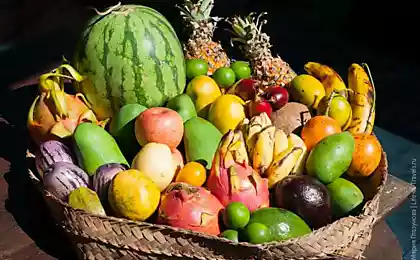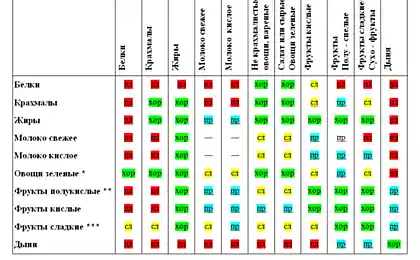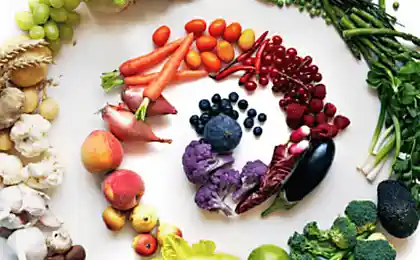168
How to Choose Sweet Mandarins
In Soviet times, the main attribute of the New Year's feast (not counting olives) were tangerines, and there was no need to choose especially - one variety on the market was enough with a head. The queues for orange fruits of the times of the USSR have long passed, the shelves are crammed with the choice of juicy fruits, and buyers’ heads go around – Abkhazian, Moroccan, Spanish.
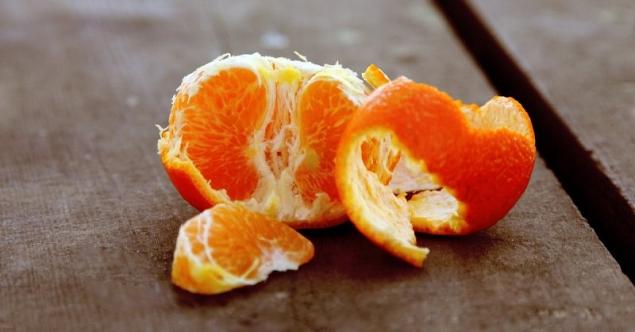
DepositPhotos
On the eve of the New Year, sellers in local markets talk non-stop, telling demanding buyers how to avoid the sour aftertaste and buy the juiciest and ripe tangerines for the New Year's table. Editorial "Site" I overheard several professional tips, took into account the recommendations of Roskoshestvo and found out how not to lose with the purchase of your favorite New Year fruit!
Mandarin is not just a symbol of the New Year, it is a very tasty and extremely healthy fruit! The aroma of mandarin improves mood and creates a festive atmosphere, in addition, the fruit is able to increase appetite, improve metabolic processes and saturate the body with the necessary vitamins and trace elements. How to choose tangerines to get the maximum benefit and pleasure?
Country of origin
There is no doubt that the most delicious tangerines are ripe! There are several nuances that should be considered when buying a solar fruit.
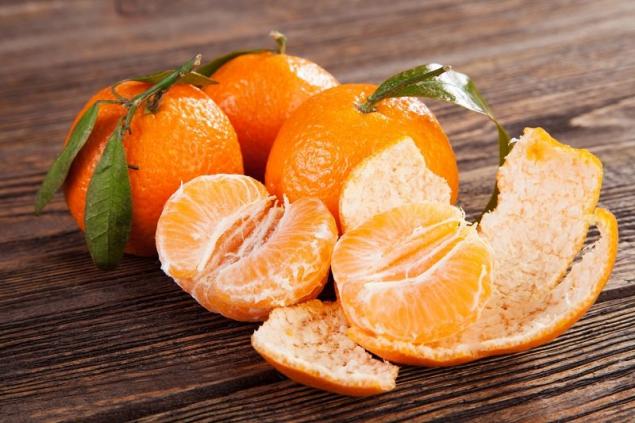
DepositPhotos
Choosing between sweet and sour fruits, most prefer the former - only so you can enjoy the juicy orange flesh of a healthy fruit.

DepositPhotos
General recommendations

DepositPhotos
How to Choose Mandarins You know, but how do you store them? Mandarin sellers are advised to store juicy fruits either in the refrigerator or on a insulated balcony. If the fruit freezes, it will lose its taste, begin to flow and first go to the garbage can. What kind of festive atmosphere can we talk about? When on the threshold of the New Year, the house is filled with the aromas of needles, exquisite dishes, and, of course, your favorite tangerines, the invigorating smell of which will not replace any other fruit.
By what criteria do you choose tangerines and why? Be sure to share your life hacks in the comments.

DepositPhotos
On the eve of the New Year, sellers in local markets talk non-stop, telling demanding buyers how to avoid the sour aftertaste and buy the juiciest and ripe tangerines for the New Year's table. Editorial "Site" I overheard several professional tips, took into account the recommendations of Roskoshestvo and found out how not to lose with the purchase of your favorite New Year fruit!
Mandarin is not just a symbol of the New Year, it is a very tasty and extremely healthy fruit! The aroma of mandarin improves mood and creates a festive atmosphere, in addition, the fruit is able to increase appetite, improve metabolic processes and saturate the body with the necessary vitamins and trace elements. How to choose tangerines to get the maximum benefit and pleasure?
Country of origin
- Abkhazia It is Abkhazian tangerines that most people associate with the New Year, and when plump fruits adorn themselves in the window, you hardly want anything else. Such tangerines are less processed, and therefore are considered environmentally friendly.
A distinctive feature of such tangerines is the light orange color of the peel, the lack of calibration (one more, the other less), juicy slices and a slightly sour taste. If you prefer to eat tangerines exclusively without seeds, pay attention to the Abkhaz fruits, because the bones in them are almost not found.
DepositPhotos - Spain Mandarins from Spain are almost always sweet, and their skin is easy to clean. True, the haters of the seeds will have to suffer - in Spanish mandarins their pond is pond. Such tangerines are usually medium-sized, almost all the same, bright orange, with coarse skin and often with green twigs.
- Turkey Turkish tangerines are usually cheaper than their relatives from Abkhazia and Spain, there are practically no seeds in them, and the peel is yellow or light orange. The size of the Turkish tangerines as a selection - not a single accidentally cramped giant, knocked out of the general row.
Another distinguishing feature of fruits from Turkey is glossy skin, which is carefully carved by suppliers. It is worth noting that the beautiful tangerine peel does not affect their taste and sweetness, and Turkish fruits are often the most sour of all.
DepositPhotos - Morocco Moroccan tangerines are very similar to Turkish – they are also small, but their color is bright orange, almost reddish. Such tangerines are almost always sweet, juicy, with a thin skin that is difficult to clean.
But there are practically no seeds in Moroccan fruits! To be sure that the tangerines in your package are from Morocco, remember: these fruits have a characteristic dent in the middle. - Israel Israeli tangerines grab store shelves much later - in the middle of winter, when interest in citrus drops significantly. Fruits are usually sweet, without seeds, sometimes dry. Israeli tangerines are dressed in a shiny thin skin, which they part with without unnecessary hassle.

DepositPhotos
There is no doubt that the most delicious tangerines are ripe! There are several nuances that should be considered when buying a solar fruit.
- If, with a light compression of the mandarin, juice is released from the skin, the fruit is ripe and fresh.
- If the peel easily lags behind the fruit immediately and almost entirely - the mandarin is precisely ripe and deserves attention.
- It is worth putting aside fruits with soft or crumpled sides. Such tangerines were either frozen during transportation, or have already begun to deteriorate.

DepositPhotos
Choosing between sweet and sour fruits, most prefer the former - only so you can enjoy the juicy orange flesh of a healthy fruit.
- Sour mandarins are usually larger than their sweet relatives and are often flattened.
- Medium-sized fruits with bright orange skin are often sweet, although sweet tangerines with yellow skin are often found.
- Sweet tangerines are often a little heavier than acidic, but light fruits are usually famous for the abundance of seeds and dry flesh.

DepositPhotos
General recommendations
- Choosing tangerines, pay attention to their skin was without dark spots.
- Traces of mold are also unacceptable - this indicates not only poor taste of the fruit, but can carry a health hazard.
- Do not buy overripe fruits, although they seem ripe and juicy. In such mandarins, the skin lags behind the pulp and taste is weakly expressed.
- Soften or, conversely, dried peel indicates poor quality of the fruit.
- If a light press on the mandarin from it leaks juice (not from the skin!), most likely, it began to deteriorate.

DepositPhotos
How to Choose Mandarins You know, but how do you store them? Mandarin sellers are advised to store juicy fruits either in the refrigerator or on a insulated balcony. If the fruit freezes, it will lose its taste, begin to flow and first go to the garbage can. What kind of festive atmosphere can we talk about? When on the threshold of the New Year, the house is filled with the aromas of needles, exquisite dishes, and, of course, your favorite tangerines, the invigorating smell of which will not replace any other fruit.
By what criteria do you choose tangerines and why? Be sure to share your life hacks in the comments.





